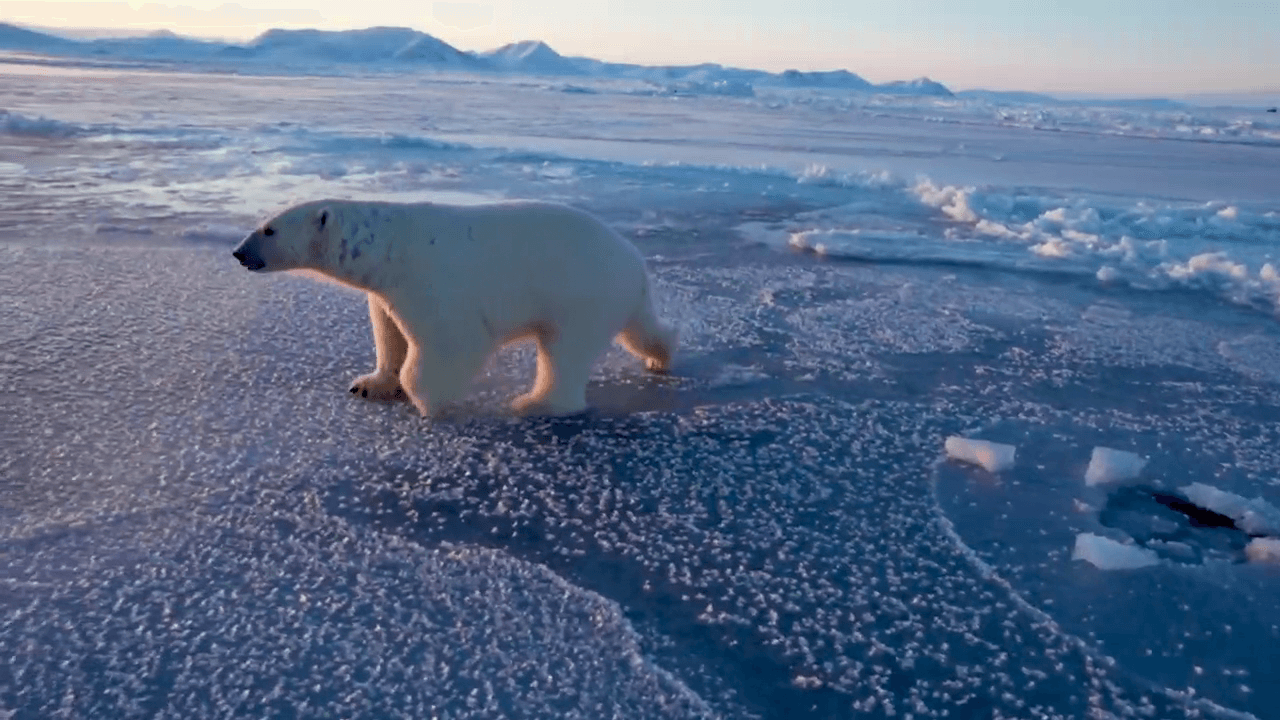
Hunter Safety Official DNR Hunter Education Course Hunter education graduates receive a certificate that is accepted in every state, Canadian province, and Mexico. For Wisconsin residents, a first time graduate may use the Wisconsin hunter education certificate in lieu of a small game hunting license from the date of issuance until March 31 of the following year. Those qualifying do not need to purchase a small game license; the certificate is the license for the established time period.
Post: 8 June 14:09













































